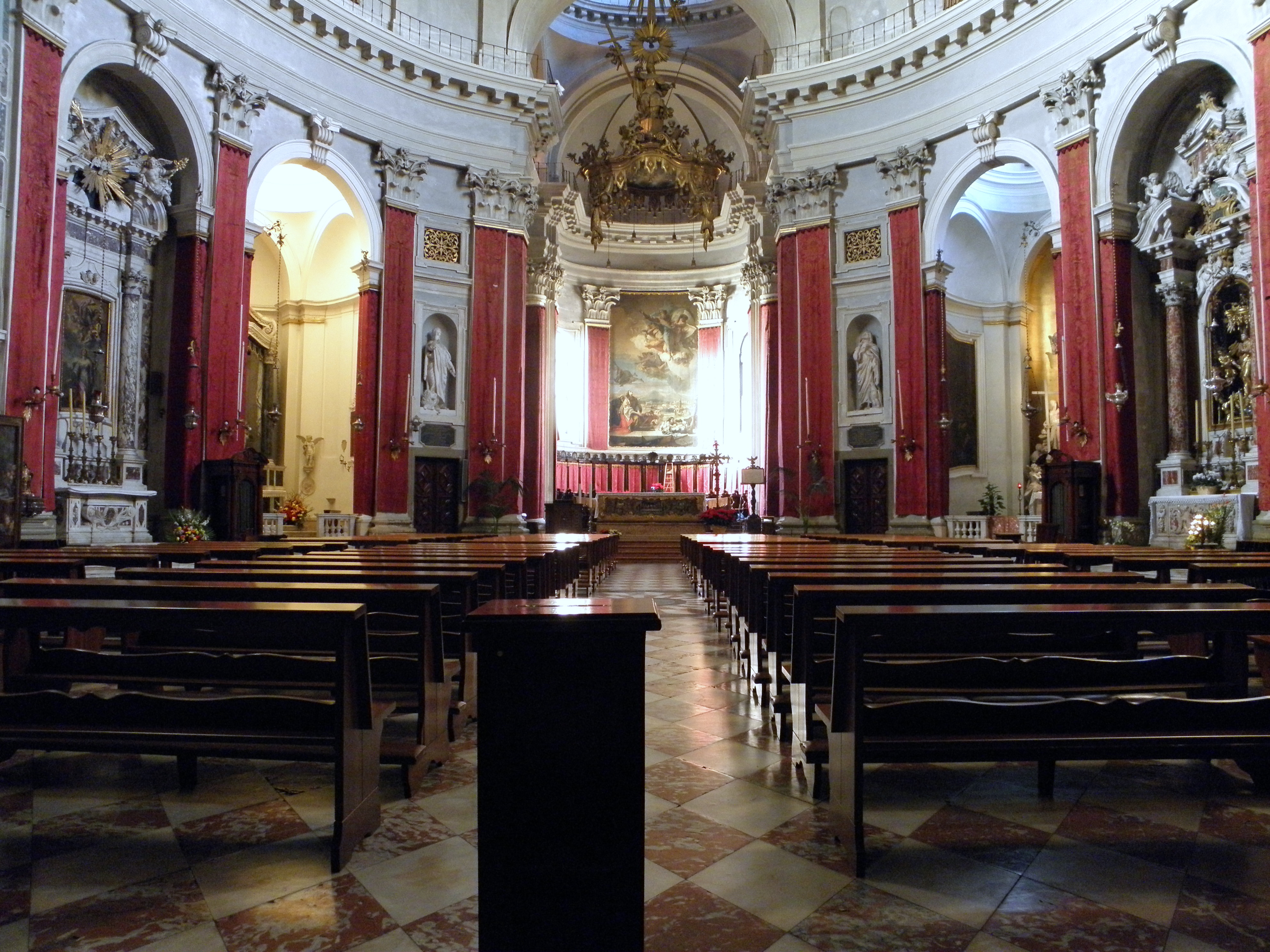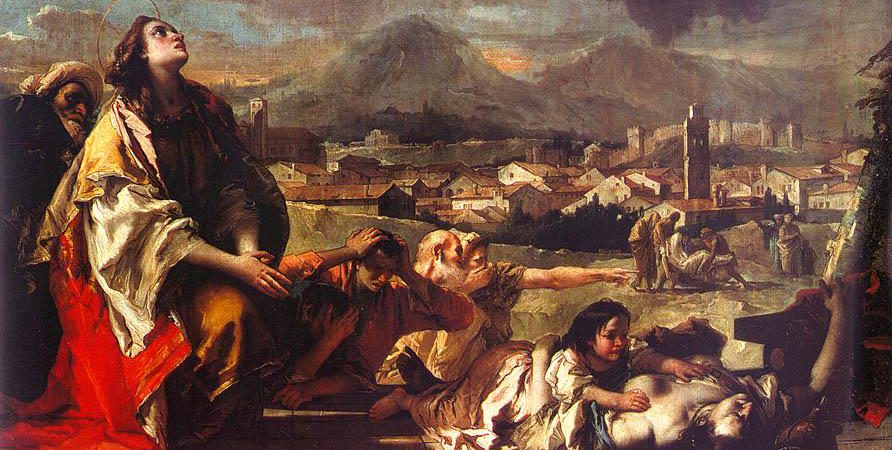When the plague hit the Italian town of Este in 1630, its citizens prayed St. Thecla for help St. Thecla is one of the most important female martyrs from early Christianity. Born to a noble family in Anatolia, modern day Turkey, she joined Paul the Apostle in his voyages around the Holy Land and became a healer. Like many early Christians, Thecla suffered from persecutions and was killed for her faith. But her dedication to a life of asceticism, chastity and healing inspired Catholics for centuries. Lebanon has an estimated 42 churches dedicated to St. Thecla, while the United States currently counts three parishes named after her, in Michigan, Massachusetts and Illinois. But it was in northern Italy that Thecla left an especially profound mark.

The first Cathedral in Milan was originally dedicated to Thecla and the beautiful Baroque church of Este, near Venice, is still the most important church in her name to be found in Europe. It was here that in the 1630s citizens prayed to St. Thecla during a violent outbreak of bubonic plague that killed 50,000 people in Este and surroundings. When the plague came to an end, Este’s priest, Marco Marchetti, commissioned a moving portrait of St. Thecla from Gian Battista Tiepolo, a key exponent of Venetian Baroque painting.

In just twelve months, Tiepolo created an imposing altarpiece measuring 290 square feet that decorates the altar of Este’s Cathedral to this day. Saint Techla herself is featured in the painting as she intercedes with the Eternal Father to ask for the liberation of Este from the plague. Some moving scenes including a young girl sitting by her deceased mother standing against the town of Este and its surrounding hills.
Last year, the altarpiece was made accessible to the public after a long period of restoration that helped restore its original colors. A beautiful oil sketch used by Tiepolo during preparatory works is currently kept at New York Metropolitan Museum of Art.

